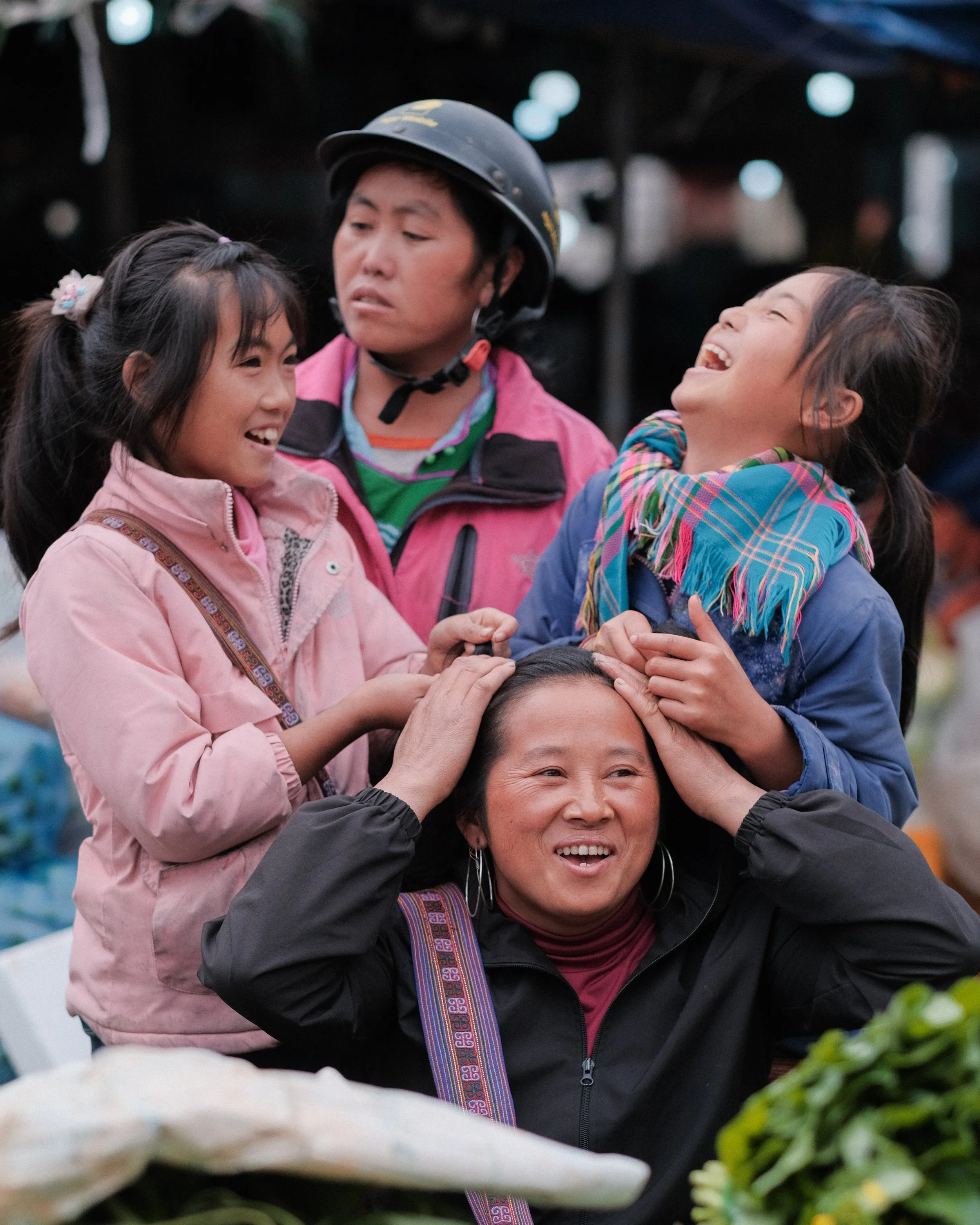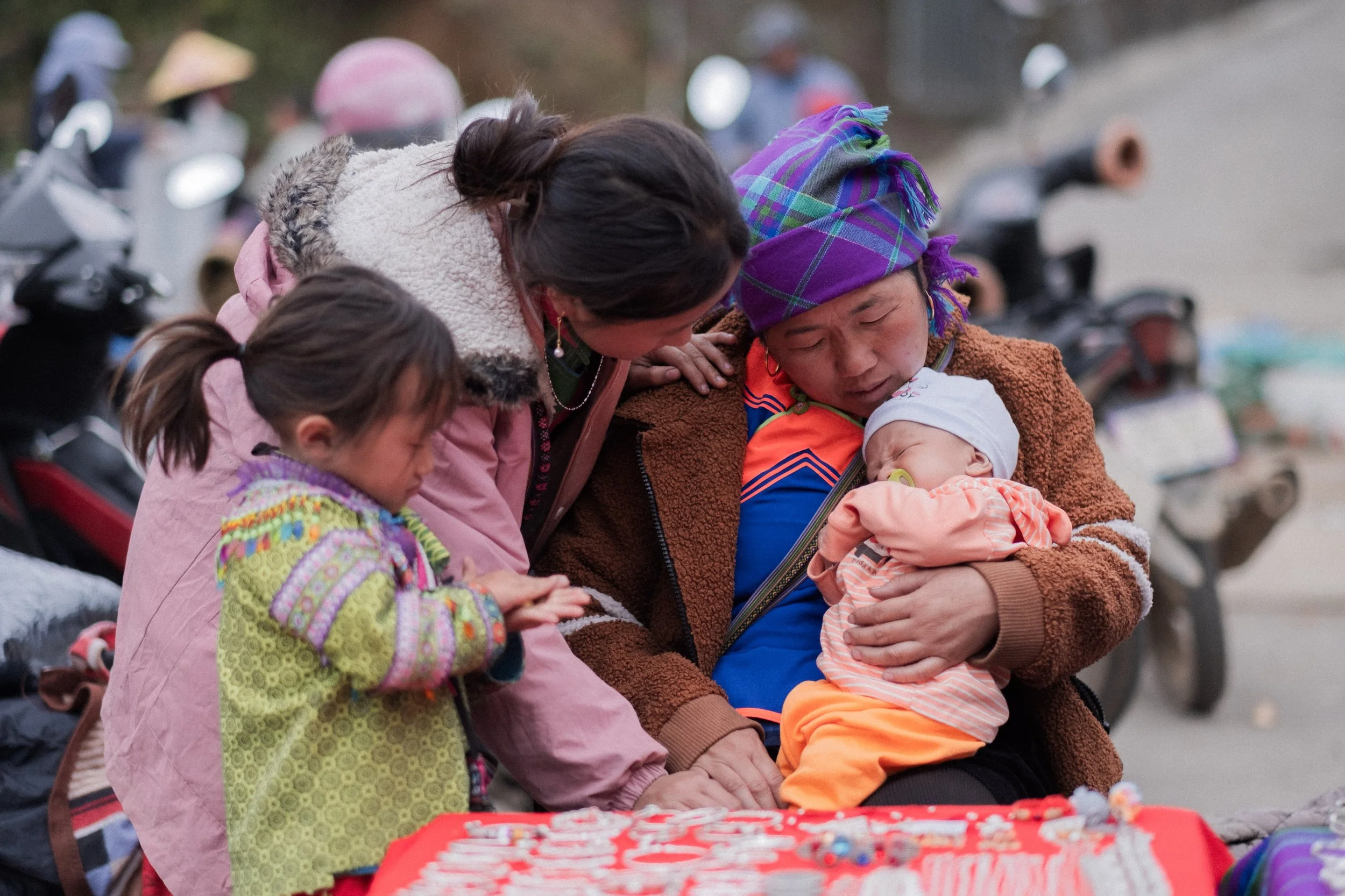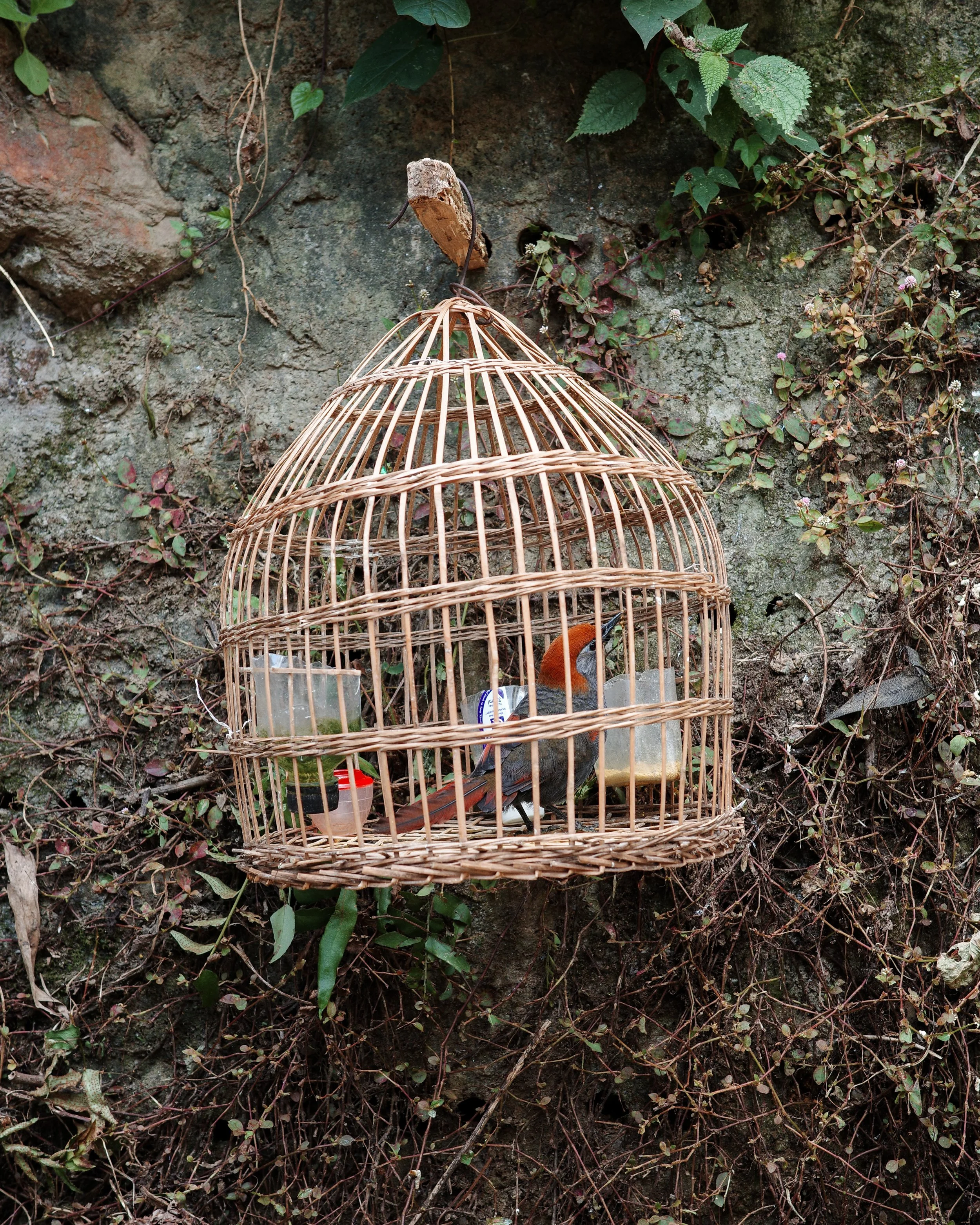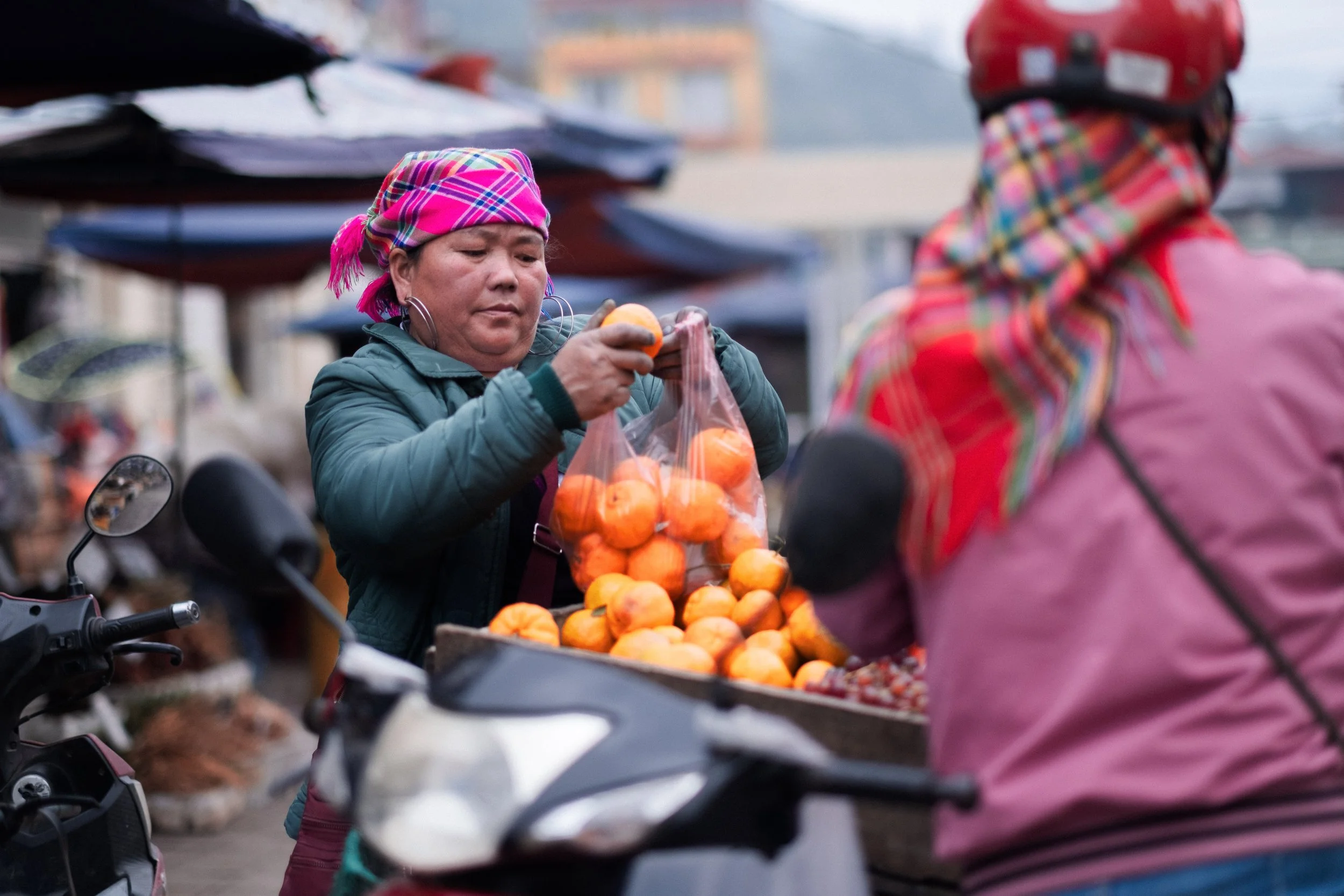Sapa’s Mountain Majesty and
the Resilient Hmong Culture
SAPA, Vietnam — Tucked into the misty hills of northern Vietnam, the town of Sapa has become a magnet for both international travelers and domestic tourists seeking cooler temperatures, scenic beauty, and a glimpse into Vietnam’s ethnic diversity. Known for its stepped rice terraces that ripple down mountainsides, Sapa also stands out as a cultural crossroads, home to several of Vietnam’s ethnic minorities. Among the most prominent are the Hmong people, who make up a significant portion of the population in the surrounding villages.
The Hmong, believed to have migrated from southern China hundreds of years ago, maintain a strong cultural presence in Sapa despite increasing outside influence. Known for their vibrant traditional clothing, intricate embroidery, and agricultural expertise, the Hmong continue to live largely off the land, practicing subsistence farming in the highland terrain. Local markets in Sapa town often fill with Hmong vendors selling handmade textiles, silver jewelry, and herbal medicines—crafts that not only showcase their culture but also support their livelihoods.
Tourism has become a double-edged sword for the Hmong in Sapa. While the boom in visitors has brought new income through trekking tours and homestays, it has also raised concerns about cultural erosion and over-tourism. Many Hmong communities now face the challenge of balancing tradition with the demands of a fast-changing economy. As Sapa continues to develop rapidly, preserving the cultural integrity of its indigenous people remains a pressing concern for both local leaders and cultural advocates.















